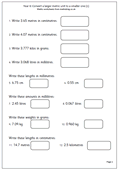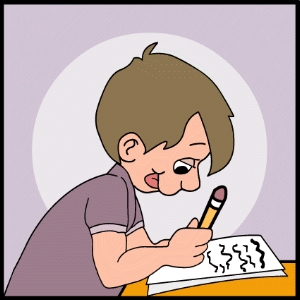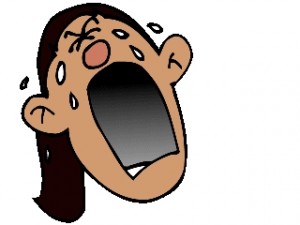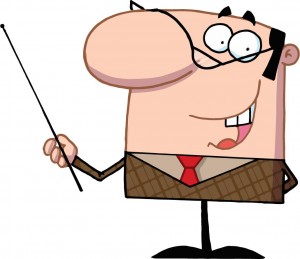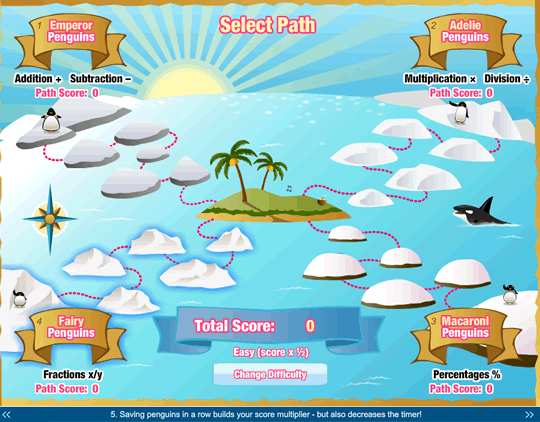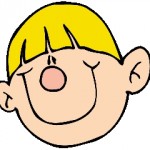 Much of the work carried out in year 4 eg addition and subtraction is reinforced in year 5. Efficient written methods for all addition, subtraction and multiplication are expected and moving towards this with division.
Much of the work carried out in year 4 eg addition and subtraction is reinforced in year 5. Efficient written methods for all addition, subtraction and multiplication are expected and moving towards this with division.
Please note that this is only a summary of the key areas of maths to be covered in the year.
Counting and understanding number:
By the end of year 5 children should
• read and write larger numbers.
(eg read 3 456 789.)
• count back beyond zero.
(eg count back 7 from 3.)
• count on and back in decimal steps.
(eg count on 6 tenths from 4.7)
• explain what each digit represents in whole numbers.
(eg say what the value of the 7 is in 347 450.)
• explain what each digit represents in decimals up to two places.
(eg say what the value of the 7 is in 34.75)
• partition numbers.
(eg 4.56 = 4 units + 5 tenths + 6 hundredths.)
• round whole numbers.
(eg round 3 501 to the nearest thousand.)
• order decimals.
(eg which is bigger 4.3 or 4.09?)
• write a smaller whole number as a fraction of a larger one.
(eg recognise that 7 out of 10 is 7/10.)
• find equivalent fractions.
(eg 6/10 = 12/20.)
• relate fractions to decimals.
(eg know that 7/10 = 0.7)
• begin to understand percentage.
(eg know that 40% means 40 out of 100 or 40/100.)
• begin to solve problems using ratio and proportion.
(eg a chicken must be cooked for 50 minutes for every kilo. How long must a 3 kilo chicken be cooked?)
Knowing and using number facts:
By the end of year 5 children should
• use their knowledge to add two decimals mentally.
(eg 7.5 + 3.6)
• use their knowledge to subtract two decimals mentally.
(eg 7.5 – 3.4)
• use their knowledge to double or halve two decimals mentally.
(eg double 5.7)
• recall rapidly all tables up to 10 x 10.
(eg 9 x 7.)
• use knowledge of tables to multiply pairs of multiples of 10 or 100.
(eg 90 x 70.)
• use knowledge of tables to derive division facts.
(eg 800 divided by 4.)
• find pairs of factors of a number.
(eg find the factors of 15.)
• find common multiples of two numbers.
(eg find the common multiples of 9 and 12.)
• use knowledge of number to estimate and check answers.
(eg know that 36 x 19 is about 35 x 20.)
Calculating:
By the end of year 5 children should
• respond rapidly to oral and written questions using addition and subtraction.
(eg increase 190 by 24.)
• use efficient (standard) methods for addition, including decimals.
(eg add 3.45 to 1.98)
• use efficient (standard) methods for subtraction, including decimals.
(eg subtract 368 from 4134.)
• extend mental calculations to multiply a 2-digit number by a single digit
(eg 16 x 5.)
• extend mental calculations to multiply a 2-digit number by a 2-digit number
(eg 16 x 25.)
• use understanding of place value to multiply numbers by 10, 100 or 1000.
(eg multiply 4.5 by 100.)
• refine written methods of multiplication to multiply HTU by U, TU by TU, U.t by U.
(eg multiply 24 by 35.)
• refine written methods of division to divide HTU by U.
(eg divide 374 by 5.)
• find fractions using division.
(eg find 1/100 of an amount by dividing by 100.)
• Find percentages of numbers and quantities.
(eg find 15% of £40.)
• Use a calculator to solve problems involving larger numbers, decimals and fractions.
(eg find ¾ of 450g.)
Understanding shape:
By the end of year 5 children should
• be able to recognise and describe the properties of rectangles, triangles, regular polygons and 3-D solids.
(eg recognise that rectangles have four right angles.)
• identify and draw nets of 3-D solids.
(eg find different nets for an open cube.)
• read and plot co-ordinate points.
(eg know the convention (3,2) for describing a point.)
• recognise parallel and perpendicular lines in shapes and use a set square and ruler to draw shapes.
• draw the position of a simple shape after reflection or translation.
• estimate, draw and measure acute angles and obtuse angles using a protractor.
(eg draw accurately an angle of 60 degrees.)
• calculate angles in a straight line.
(eg use knowledge that an angle of 180 degrees is a straight line.)
Measuring:
By the end of year 5 children should
• use standard metric units of length, weight and capacity.
• convert larger units to smaller units using decimals to one place.
(eg change 3.7 kg to 3 700g.)
• correctly take a reading that lies between two numbered divisions on a scale.
• draw and measure lines to the nearest millimetre.
(eg draw a line 3.6 cm long to within one millimetre accuracy.)
• measure and calculate the perimeter of regular and irregular polygons.
(eg measure one side of a regular pentagon and multiply by 5 to calculate the perimeter.)
• use the formula for the area of a rectangle.
(work out the area of a rectangle 6 cm long and 4 cm wide)
• read timetables and use the 24 hour clock.
(convert 7:00 pm to 19:00 h.)
Handling data:
By the end of year 5 children should
• use the language of probability to describe events, including: fair, unfair, likely, unlikely, certain, uncertain, probable, possible, impossible.
(eg “It is likely that I will watch TV tonight.”)
• answer questions by collecting, sorting and organising data and identify further questions to ask.
(eg test the statement: “You are just as likely to throw a 6 as any other number on a dice.”)
• construct frequency tables, pictograms, bar and line graphs.
(eg draw a line graph showing room temperature over time.)
• find and interpret the mode of a set of data.
(eg find the most common item in a list.)
Using and applying mathematics:
By the end of year 5 children should
• solve one-step and two-step problems involving money, measures, time, and numbers by choosing appropriate calculations, including decimals and calculators.
(eg decide what calculations to carry out to reach an answer.)
• solve puzzles and present the solution.
(eg arrange the numbers in a magic square.)
• suggest a line of enquiry and collect the necessary information to find the answer.
(eg describe a short way to work out the area of a rectangle.)
• make a statement and test it with examples.
(eg angles on a straight line add up to 180 degrees.)
